Ultimate guide to the best seasonal products in winter
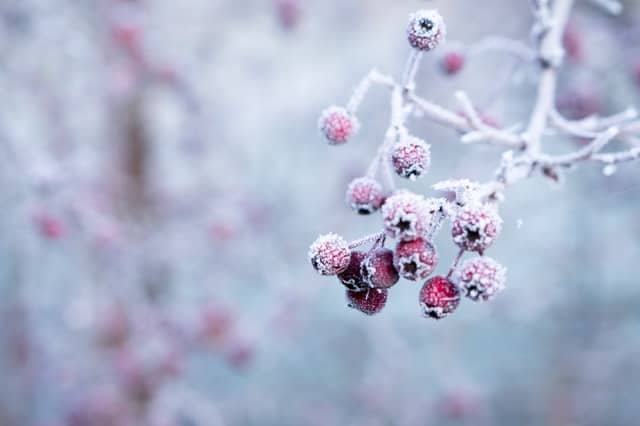
Fruits and vegetables don’t stop growing because of a temperature drop and shorter days. The use of green houses and other methods extend the natural growing season. Cold crop vegetables together with the old-fashioned storage of vegetables like cabbages and potatoes which extend the life of vegetables too.
There are plenty of vegetables that can be harvested in autumn and winter, including some of the most nutritious of all veggies. Similar as with other seasons, specific crops and precise harvest dates will depend on the climate you live in but seasonal products in winter are also delicious.
Fruit products in winter
Cactus pears
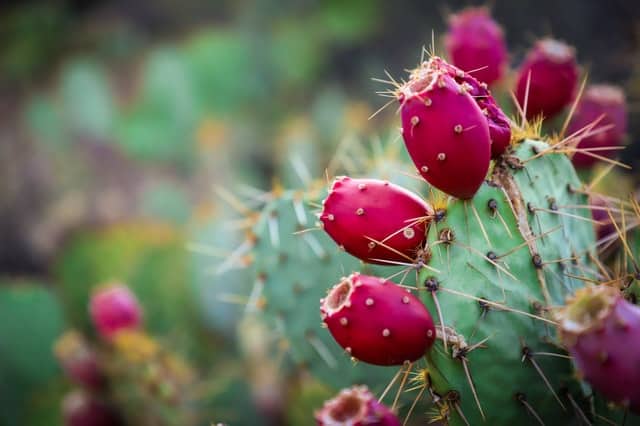
This is not immediately the most common fruit but the cactus pear, also called prickly pear, is promoted for treating diabetes, high cholesterol, obesity and hangovers. It’s also known for its antiviral and anti-inflammatory properties. This cactus pear can be eaten raw or cooked.
In the kitchen: They can be simmered, boiled, sautéed, deep fried, or grilled. They are often used to make jam or candy but are also great to glaze chicken or make a jelly.
Clementines
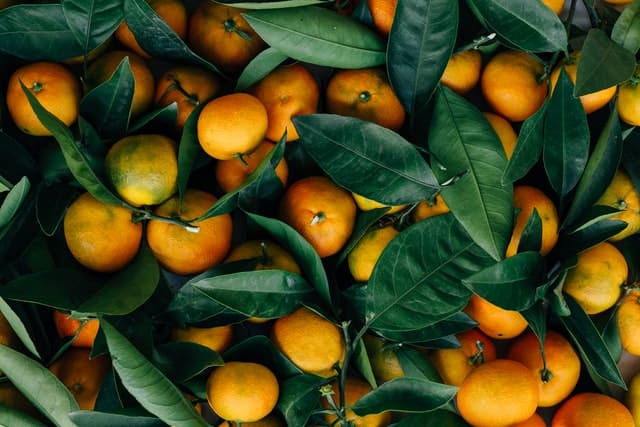
The season of these small, sweet oranges starts at the beginning of December and lasts all winter. They are seedless, easy to peel and usually eaten by hand.
In the kitchen: This delicious citrus can be added to winter salads, they give flavour to a roast, and can be added to a chocolate mousse or baked into a cake.
Cranberries

Cranberries are native to North America. These highly nutritious berries are a good source of vitamins and antioxidants. Harvest of fresh cranberries is in September and October. They can be kept in the fridge for up to 2 months or they can be frozen.
In the kitchen: this popular superfood can be served in the form of a sauce or a drink but they are equally great in a stuffing or a cake. They are often used to prepare a sauce for a Thanksgiving or Christmas meal.
Mandarins
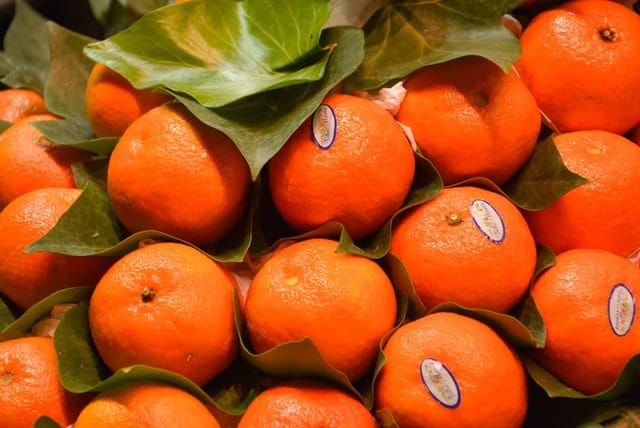
It is probably the sweetest and juiciest fruit during winter. Similar as with oranges, mandarins are full of vitamins and mainly vitamin C
In the kitchen: They are normally eaten plain or in a salad but don’t forget that they are very suitable to bake into cakes or with vanilla pudding.
Pears
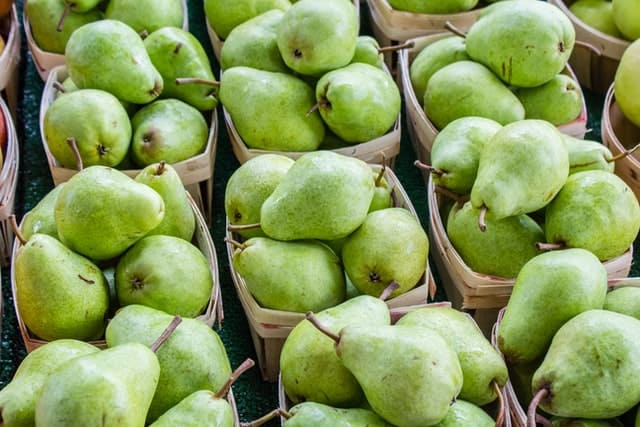
They come in season at the end of the summer and are very well distributed throughout autumn and winter. Do you know that they mature on the tree but ripen best off the tree?
In the kitchen: raw, poached or baked. Perfect with a salad or a red wine sauce. We will share some recipes soon to tempt your taste buds.
Persimmons

This underrated autumn fruit is native to China, where it has been cultivated for centuries before it spread to the rest of the world. The fruit looks like a tomato with a skin that is a little tougher than that of apples. The taste is sweet, mild, and rich with a hint of honey.
In the kitchen: fresh cheese and dried ham with a touch of persimmon jam make a great tostini. Puddings and salads are also great when paired with this unusual fruit.
Pomegranates

Pomegranates are in season from the end of October through January. They provide a healthy dose of antioxidants, and because of the high fibre and potassium they are often used in sports drinks.
In the kitchen: they are great in sauces with grilled meat but a crunchy salad with a garnish of fresh pomegranate is heaven on earth.
Vegetables products in winter
Broccoli

In mild climates broccoli can be grown all year around and is considered as one of the healthiest vegetables in the world. The word broccoli comes from the Italian plural of broccolo, which means “the flowering crest of a cabbage.”
In the kitchen: if you want to keep it crunchy, then short steaming is the perfect way to cook. It’s a great ingredient for soup or a gratin. Check also, stir fried veal with broccoli.
Brussels sprouts
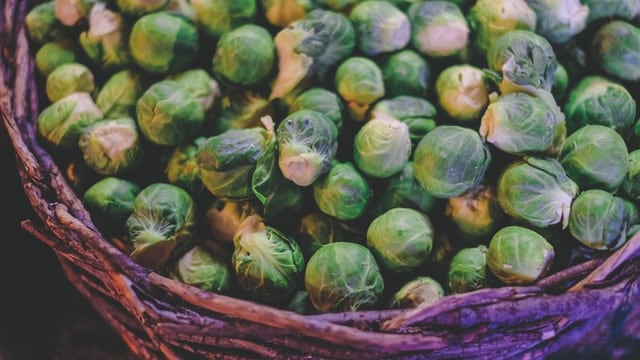
Brussels sprouts look like mini cabbages and have long been popular in Brussels, Belgium, where they gained their name. The little buds are cut from the stalks and are the only part of the plant that is eaten.
In the kitchen: they are usually steamed and roasted as an accompaniment to meat but a crunchy Brussels sprout salad is also delicious.
Cauliflowers
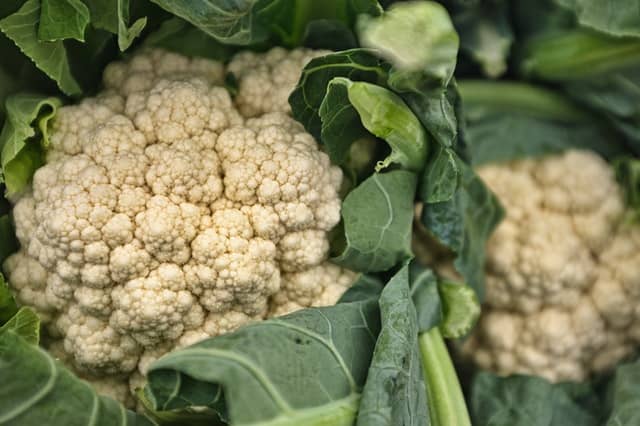
Cauliflowers can be harvested up until the first frost of winter. There are varieties like Mayflower and Aalsmeer which are the best winter crops.
In the kitchen: Cauliflower with a smooth cheese sauce is divine but nowadays they are often used blended as pizza crust for gluten intolerant people.
Celeriac/Celery Root
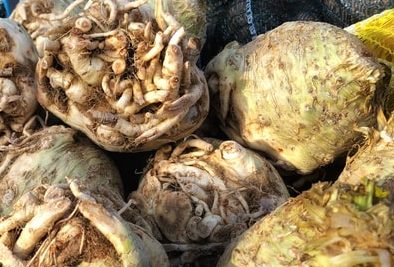
This knobby bulb is maybe not the best looking of vegetables, but celeriac is at its best in the cooler months raw, celeriac has great crunch and a nutty, celery-like flavour that makes it perfect for salads. Once cooked, it becomes slightly sweet.
In the kitchen: Celeriac is delicious when grated in salads but we like it most as mash. You can also boil or roast it and celeriac fries are a great substitute for potato fries.
Celery

The season for celery is at its best in autumn, with its harvest continuing well through winter in temperate climates. When raw, we like it finely sliced to add crunch to a salad or you can add a stick of celery into a Bloody Mary.
In the kitchen: although it is mostly eaten in salads, we also like a good celery soup.
Endives

Another popular vegetable from Belgium! These leaves are also called chicory and nowadays are often grown hydroponically, but traditionally they grow in damp sand.
In the kitchen: used raw in salad, braised or used in a gratin with a rich cheese sauce, this versatile vegetable is a delight in every way.
Fennel
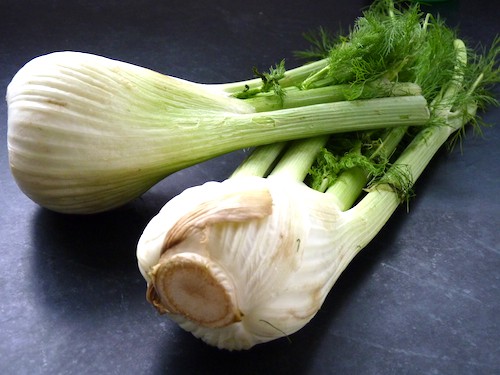
Fennel is a flowering plant species of the carrot family and is naturally in season from in winter. This pretty looking vegetable consists of a white bulb base with green celery-like stalks and ‘leaves’ that look like dill. The entire plant is edible, and it tastes mildly like anise which is also used in pastis!
In the kitchen: Fennel is a delight when paired with orange or mandarins in a salad. Once roasted they will be sweeter. Don’t forget to try our fennel zucchini soup.
Horseradish
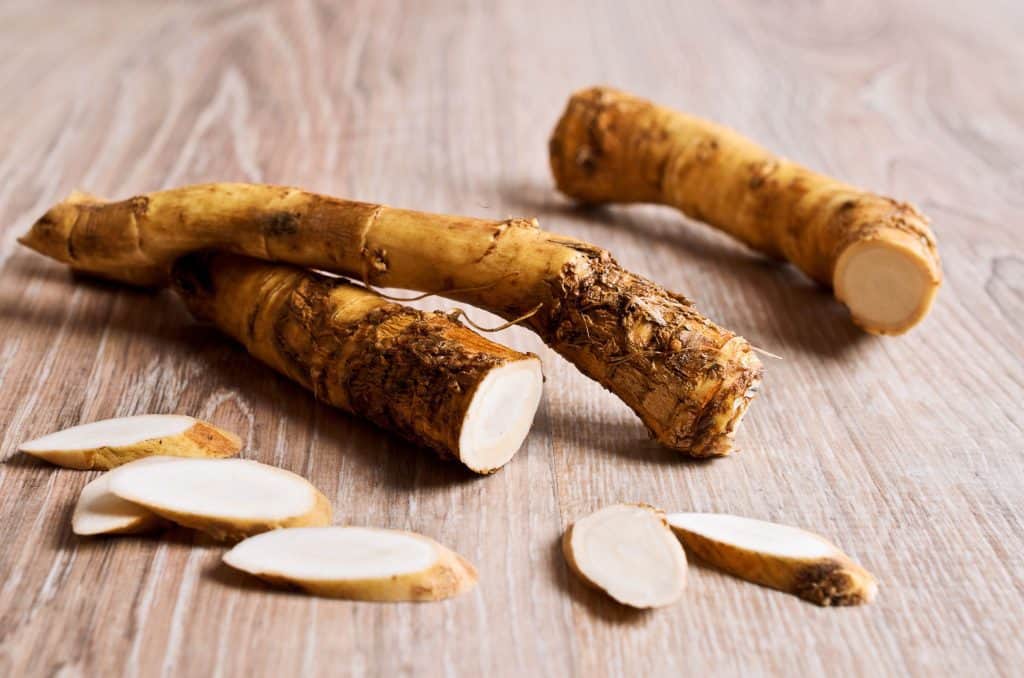
This long, white root vegetable is cultivated and used worldwide as a spice and as a condiment. It is a herb, not a vegetable and has no aroma until you scratch, cut, or grate it. Raw, grated horseradish is spicy but the spiciness doesn’t last as long as with chilis.
In the kitchen: You can eat horseradish raw, pickled or cooked, but it is most often added as a condiment to sauces.
Kale
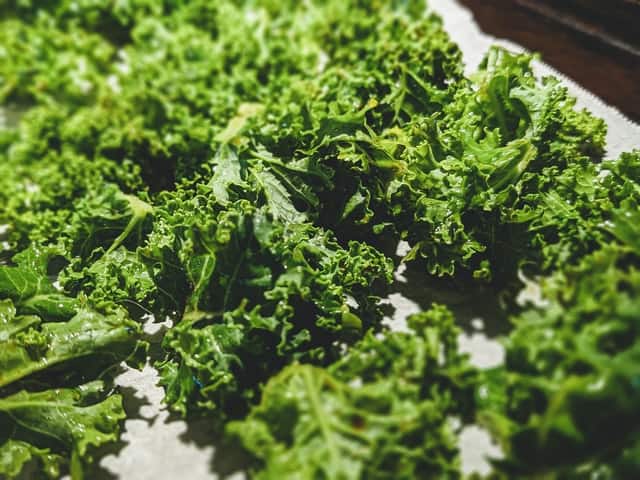
It is a leafy green vegetable, also called leaf cabbage and it is extremely popular in winter. Tuscan and Squire are popular varieties of winter kale. It is one of the healthiest foods on the planet due to its high concentration of vitamins, minerals, and antioxidants. Raw kale can be bitter but heating it tenderises the tough fibres and reduces bitterness.
In the kitchen: Kale mash or sautéed kale are our favourites.
Kohlrabi

One more vegetable that is part of the cabbage family. This ‘forgotten’ vegetable is growing in popularity and all parts of this vegetable can be eaten, raw or cooked.
In the kitchen: chop it in a fine julienne and serve with a vinaigrette as a slaw, make a delicious soup or use both the leaves and the root in a stir fry.
Leeks
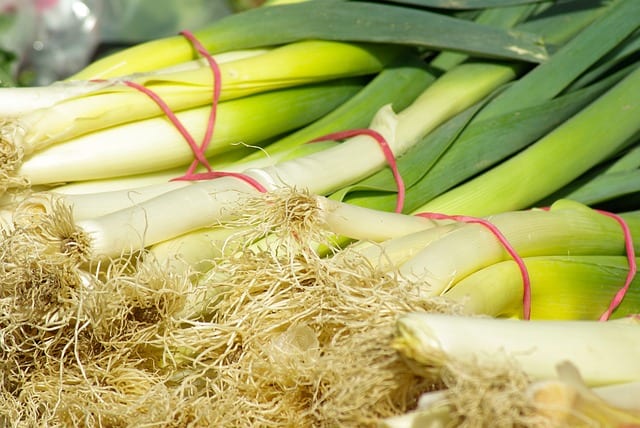
Leek is part of the onion family, but with a mild, onion-like taste. This vegetable should be crunchy and firm when raw. The white part and the light green part of the stalk of the leek are best edible while dark green parts of the leaves are less flavourful and mainly used in stocks.
In the kitchen: Leeks thrives in many recipes. A creamy leek soup or a leek lasagne are classics but braised or grilled leek stalks with a light vinaigrette are equally delicious.
Winter Squashes

Squash is in season from early autumn and until well into winter. Butternut is our favourite but you also have other varieties such as Turban, Hubbard, and Kabocha, to name just a few.
In the kitchen: It can be used in many ways, starting from soup to roasting and puree or stuffed, in a pie or mash.